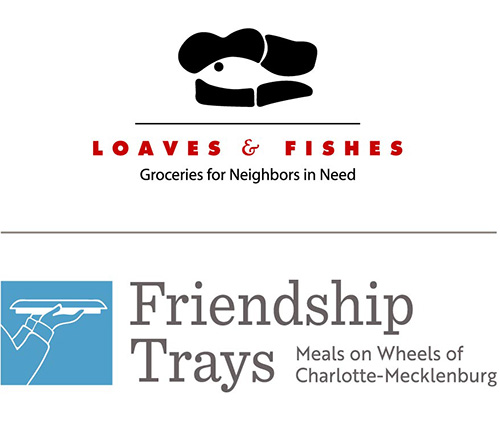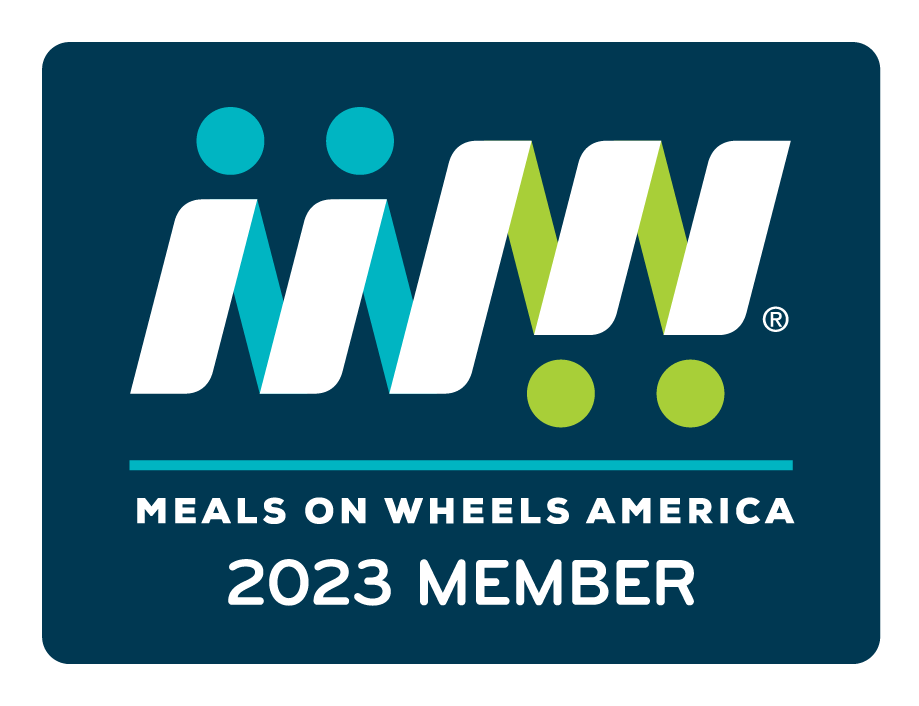Meeting of Food Access Minds in Charlotte
Access to healthy food is a critical question in Charlotte, where discussions about affordable housing and segregation usually get most of the attention.

By Yen Duong for NCHealthNews.org
Of the 146,000 students who attend Charlotte-Mecklenburg Schools, about 100,000 of them qualify for free or reduced cost meals. Yet, in the summertime, only around 20,000 of qualifying kids get fed through the federal summer food service program.
That means that there are potentially tens of thousands of children going hungry every summer, said Catherine Beam, executive director of CMS nutrition services.
“Charlotte-Mecklenburg Schools is the largest provider of the summer food service program in the state of North Carolina, and we don’t do enough here,” Beam said.
In January, the North Carolina Department of Public Instruction sent out a plea for organizations to sponsor the summer food service program, which is funded by the U.S. Department of Agriculture. Statewide, 85 percent of children who would qualify for free summer meals might go hungry.
Facing a room of 25 representatives from nonprofits, government, school systems and hospitals, Beam asked for help in expanding the Charlotte-Mecklenburg County program to cover the estimated 30,000 additional students who would qualify.
“We have the capacity to do it in CMS, we just need the connections,” Beam said. “We just don’t have the resources to get in the communities like you do.”
Using federal funds, CMS hires 350 employees for the summer to prepare and distribute meals. Breakfast and lunch get shipped out to community-sponsored sites, which require two adults and refrigeration capacity; in addition to more than 50 CMS school sites and a bus that visits mobile home parks and apartment complexes.
Community organizations and schools can look up guidance and then apply to the state to sponsor a summer nutrition program.
Newcomers to the scene: “food pharmacies”
Charlotte food access leaders met for a lively morning discussion in late January on different ways to get healthy foods to specific neighborhoods at the Mecklenburg County Health Department. They talked about new and existing mobile food pantries, trucks where people can pick up fresh produce, meat, dairy and/or shelf-stable foods for free.
This year, health care giants Atrium Health and Novant Health in Charlotte are planning on rolling out mobile “food pharmacies” in partnership with Loaves & Fishes, the local food pantry organization, said Brisa Urquieta de Hernandez, director of community health research at Atrium.

Communications director Heather Monackey from WakeMed Hospital in Raleigh worked to bring a small once-weekly farmers market to the hospital grounds once the only grocery store in the area closed. She worked with Wake County farmer Roger Ball to get fresh fruits and vegetables to the neighborhood every year from April until Labor Day. Many hospitals have been concerned with food access for somet time. For instance, in Southeast Raleigh, WakeMed’s communications director Heather Monackey worked to bring a small once-weekly farmers market to the hospital grounds once the only grocery store in the area closed. She worked with Wake County farmer Roger Ball to get fresh fruits and vegetables to the neighborhood every year from April until Labor Day. Photo credit: Rose Hoban
Health care organizations are recognizing that access to healthy food has a major impact on patient outcomes as a so-called social determinant of health, said Dr. Iris Cheng from Atrium.
“We are increasingly aware of the link between improving food security and chronic diseases and mental health,” Cheng said. “Treatments are not all medical.”
She gave examples of these social determinant of health interventions, such as food pantries, transportation to medical appointments or grab bars for elderly patients. “This is very much thinking outside the box for traditional medicine.”
Atrium’s Biddle Point clinic includes a brick-and-mortar food pharmacy, Hernandez said. Clinicians screen patients for food insecurity and write them prescriptions for healthy foods to pick up there.
“[By using] the word ‘pharmacy,’ we’re trying to be as therapeutic as possible,” Hernandez said. “But it’s certainly still, at the most basic level, providing food to the hungry people.”
Novant also plans to start offering a food pharmacy at its new Movement Family Wellness Center. With a $480,000 grant from the Duke Endowment for the projects, Novant and Atrium need to figure out what else is happening in the community before they deploy the trucks, Hernandez said.
Even veteran nonprofits can struggle
Organizations need to distribute food to people, who then need to store it and prepare it. The chain can break down at any point.
“A lot of our families get wonderful meals over the holidays, big old turkeys [and] hams, but many of them don’t have stoves and they don’t have ways to store it,” said LaTarzja Henry, CMS executive director of community partnerships. “It’s sort of like a double-edged sword: ‘Thanks for the turkey, but I have no way to prepare it.’”
For 44 years, Loaves & Fishes has run food pantries across Charlotte. Clients “shop” from the 33 pantries around the city by using a certain number of points within each of five food groups to load up on a week’s worth of groceries.
Executive director Tina Postel said that having people “shop like a store and choose the food” instead of handing out set boxes helps avoid food waste from lack of storage or cooking knowledge.
Second Harvest Food Bank collects donations from food distributors, food manufacturers, grocery stores and community food drives, and sends the donations and government commodities to local nonprofits such as Loaves & Fishes. Area gleaners also bring fresh fruits and vegetables to the pantries.
“Usually when that fresh produce is available, it’s not green bananas, it’s brown bananas,” Postel said. “One of our hopes with the mobile units is to be able to move [produce] in a much more efficient manner.”

Second Harvest’s mobile pantries serve people in rural areas facing hunger. The mobile pantry program distributes food during large-scale one-day distributions. Photo courtesy: Second Harvest Food Bank of Metrolina
While Postel admitted “we don’t serve enough fresh food,” others noted that people can still eat well with shelf-stable goods. Lisa Riggsbee, who works on community health with the YMCA, offered the example of rinsing a can of beans to lower sodium content.
“We shouldn’t exclude canned foods,” Riggsbee said. “That’s not me saying fresh produce is bad. Those things aren’t mutually exclusive. ”
Riggsbee talked about the YMCA education program in its new mobile unit, which offers health screenings for diabetes and high blood pressure in partnership with Atrium. They teach about “those small modest changes that aren’t outlandish or, I don’t know, promoting the privilege of drinking a green smoothie every day.”
A history of collaboration
By the end of the year, the new YMCA mobile unit will be paying monthly visits to 16 sites across greater Charlotte, chosen so clients can stop by on their way to other appointments.
For instance, the Lincoln County YMCA site sits close by the county health department, the county parks department and several medical offices.
“[We wanted] to identify where folks already are, and where folks could access more than just our service,” Riggsbee said. “Whether that’s access to food, or having folks out there registering people to vote or what we’re hearing from the community.”
More ways to help
Tom Warshauer, the City of Charlotte community engagement manager, asked for help getting summer sites for the Mayor’s Youth Employment Program, in which a quarter of students request health care internships but few receive one. He urged anyone who could use summer help from a 16- to 18-year old to contact the program.
“We have over 200 kids who want to get health care placements,” Warshauer said. “We’re trying to think more broadly about what the health care placement might look like.”
Erin Brighton, who led the meeting and is the director of the Charlotte-Mecklenburg Food Policy Council, decried the low rate of SNAP participation and knowledge about it and other programs.
Brighton especially talked about how Charlotte hasn’t received SNAP-Ed federal grants, which mostly go to the Triangle. Those grants help cover education and outreach in connection with the SNAP program.
“We’re working with SNAP to restructure the formula, which would take into account the unemployment rate, the poverty rate and people on SNAP benefits already,” said Jaylon Herbin, a liaison for Congresswoman Alma Adams.
“We’re working with our North Carolina Department of Agriculture here as well to sort of implement more policies here that will help [people] access those benefits.”
About Yen Duong
Yen Duong covers health care in Charlotte and the southern Piedmont for North Carolina Health News.
 menu
menu




